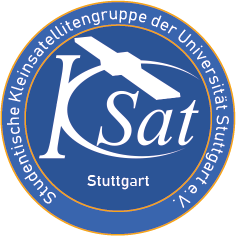FerrAS
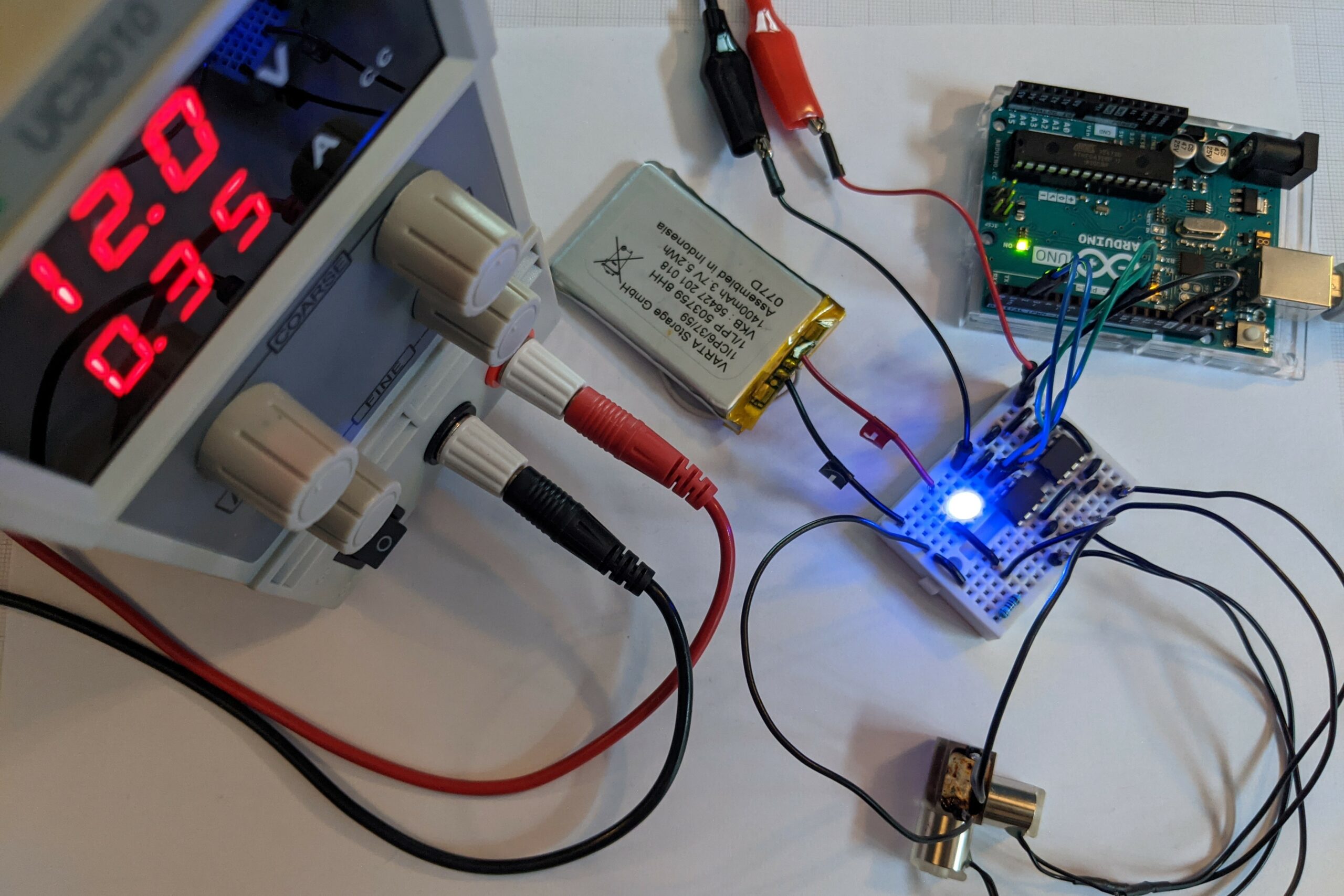
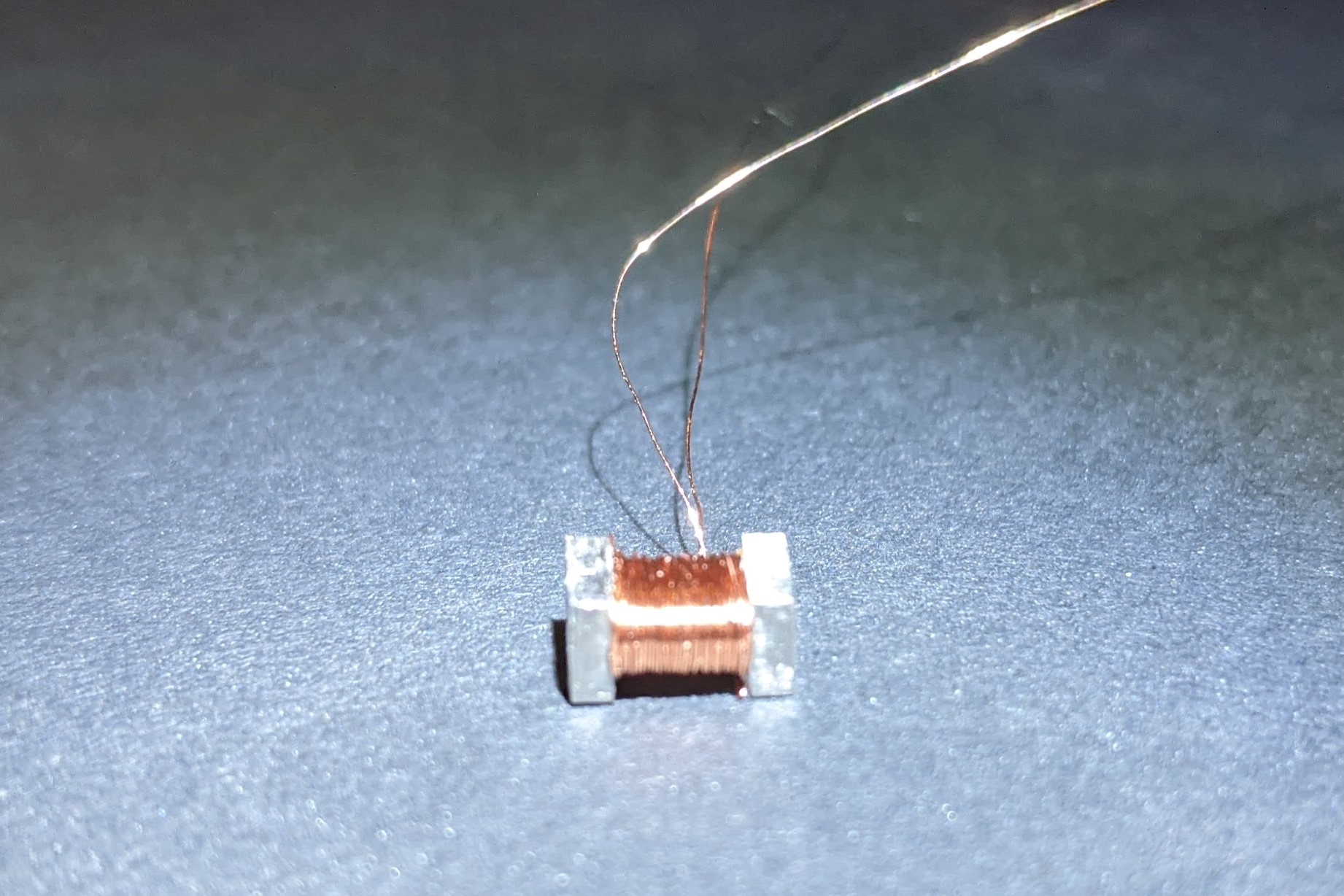

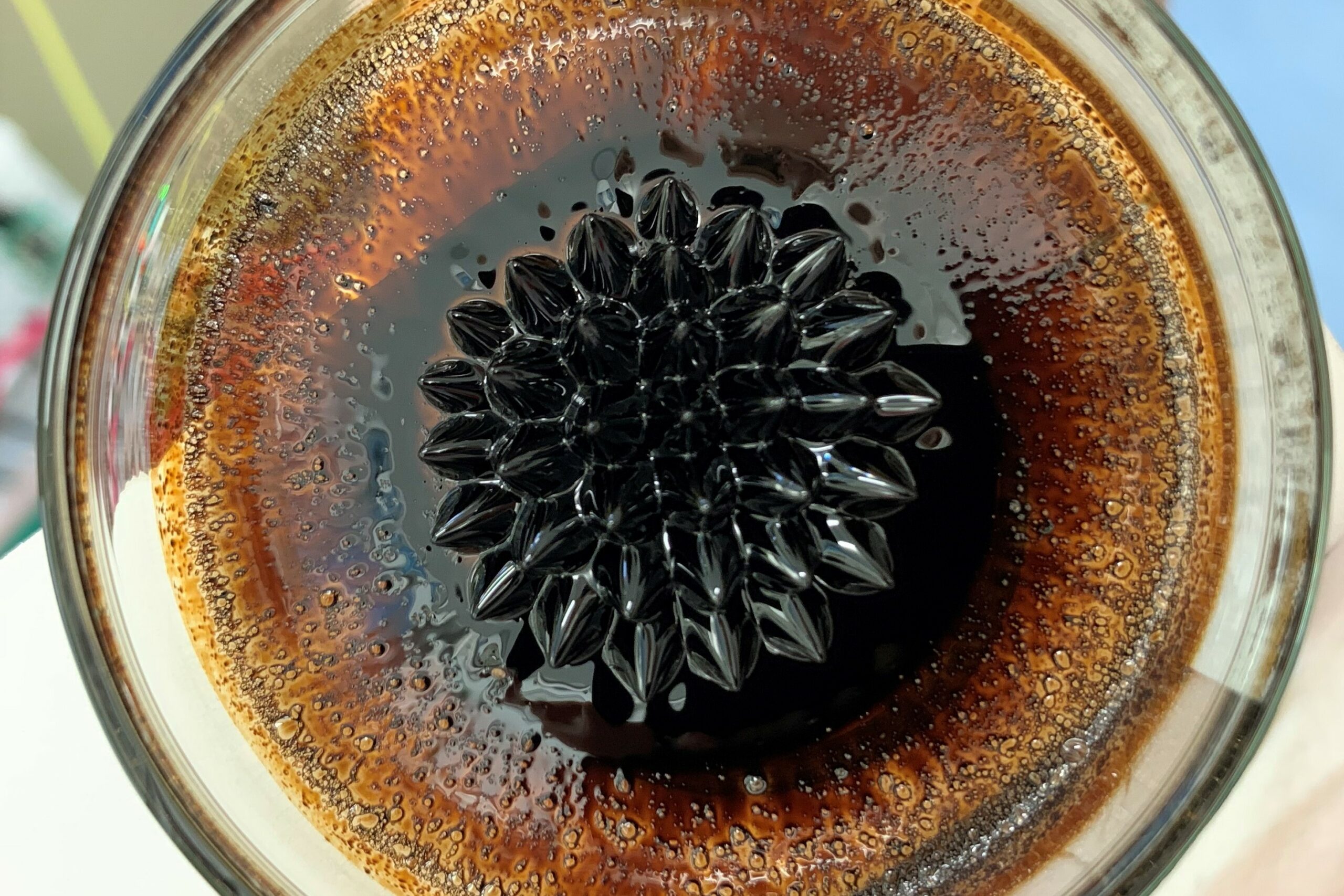
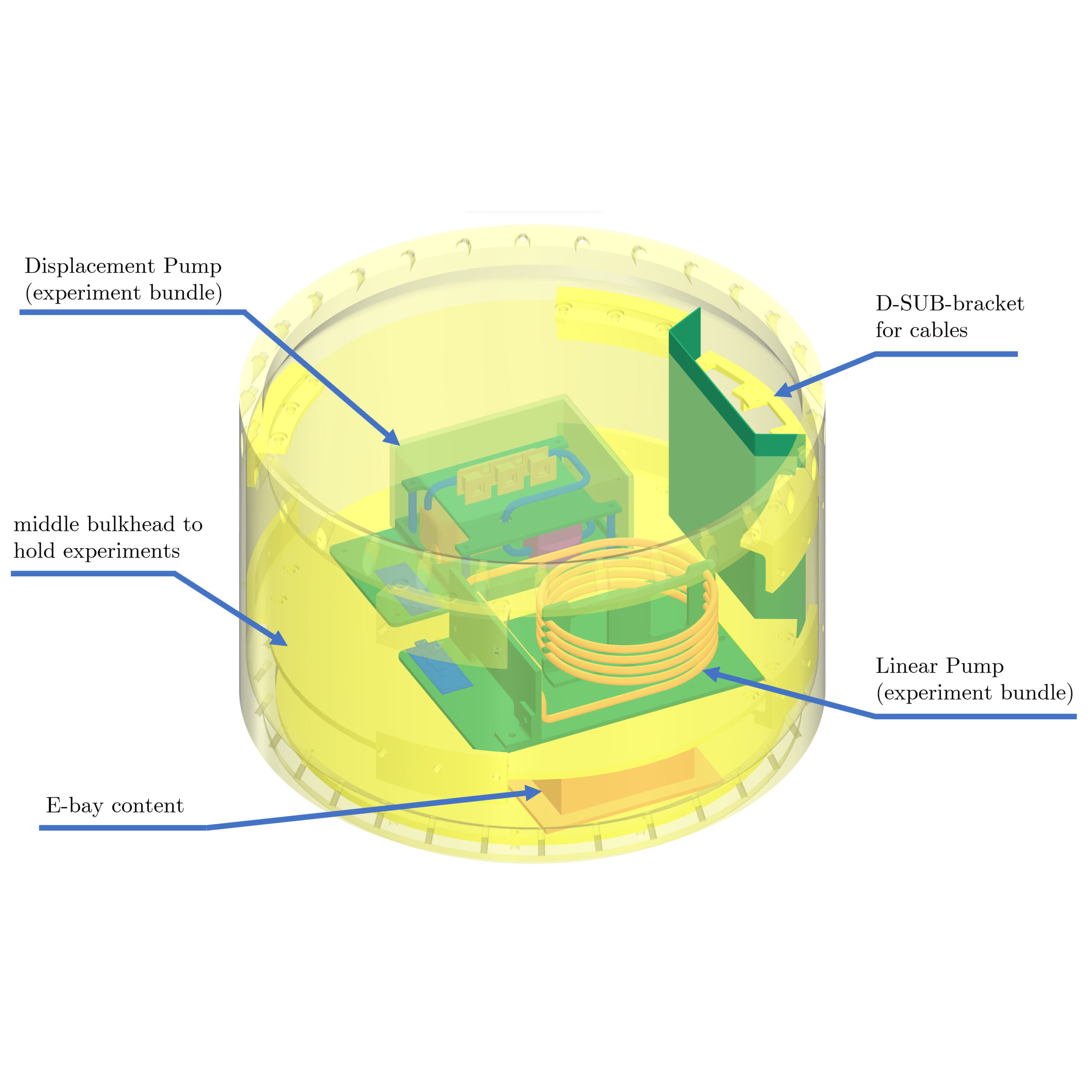
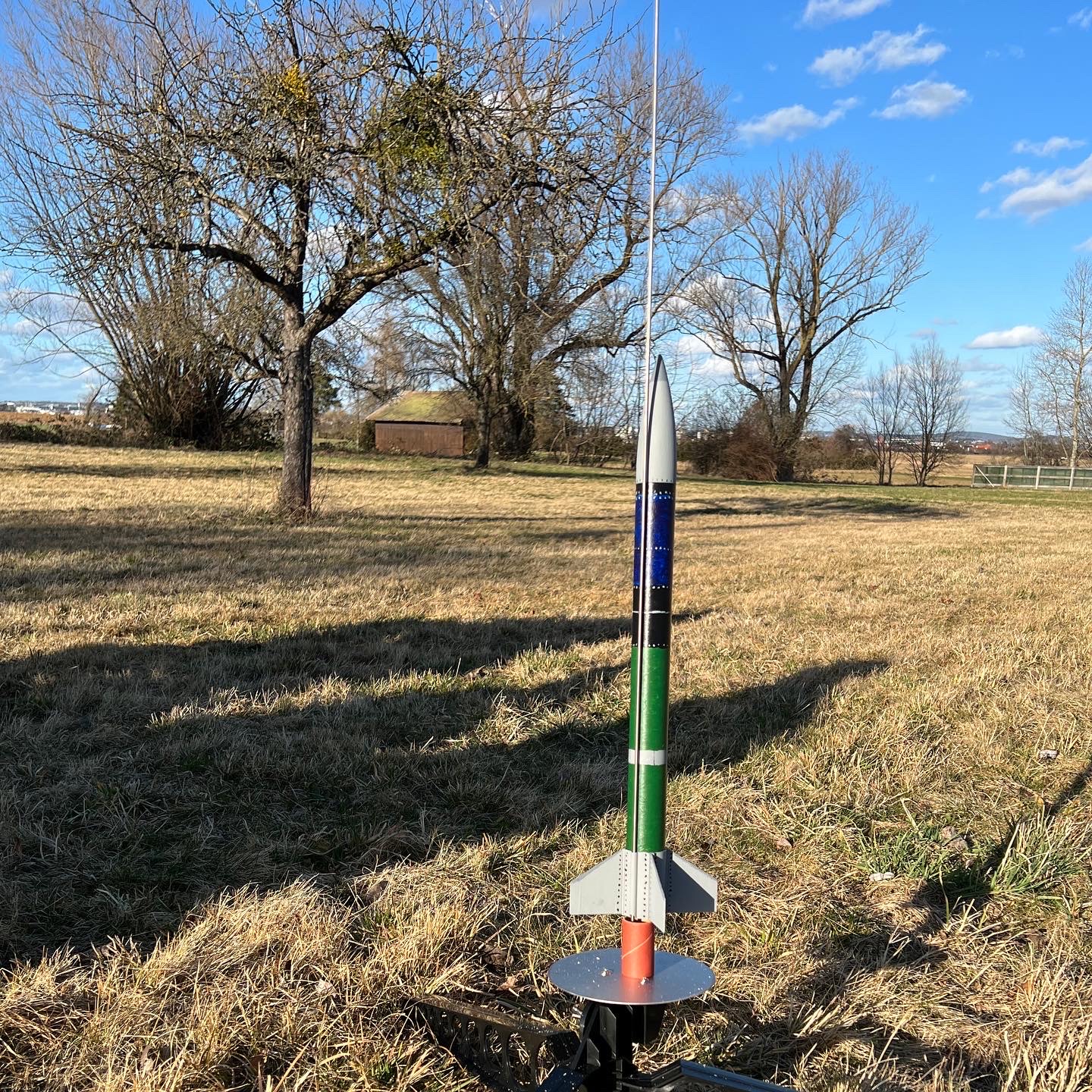
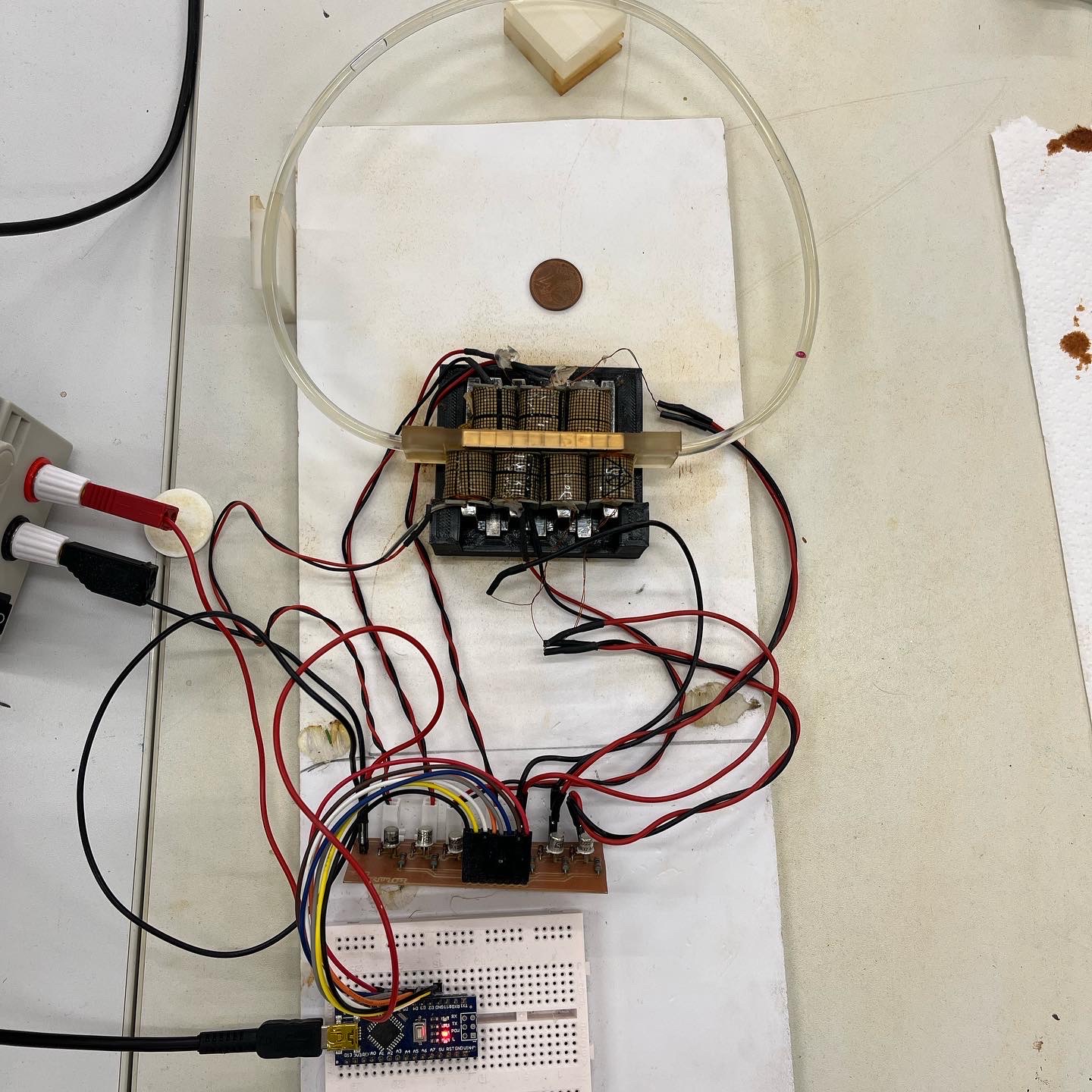
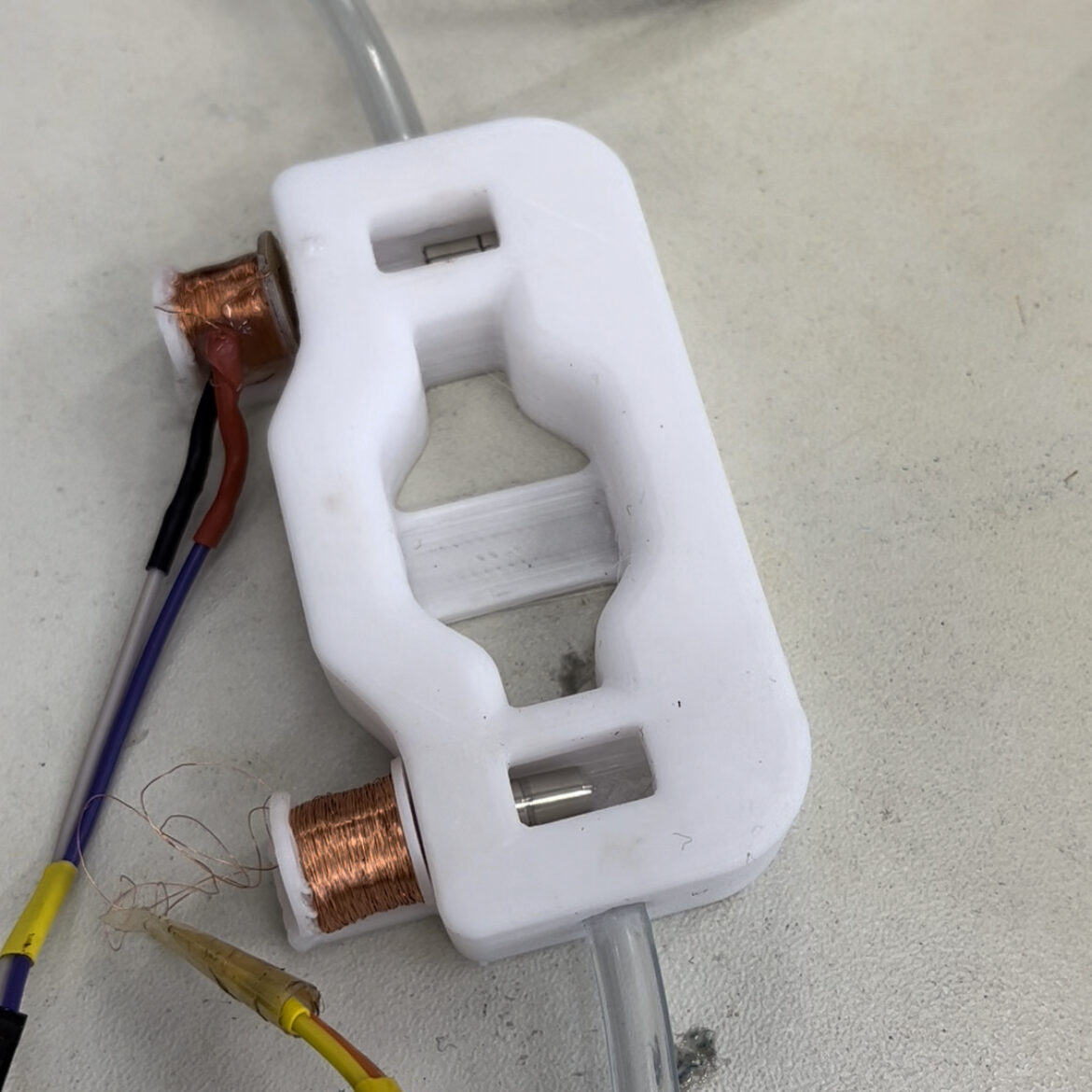
What is FerrAS
The FerrAS experiment is part of the REXUS 31/32 project of the German-Swedish student program REXUS/BEXUS. As the name FerrAS (Ferrofluid Application Study) suggests, we use ferrofluids in our experiments. These liquids consist of a carrier liquid, such as oil or water, with suspended iron particles, with which the fluid can be controlled by magnets. The team is in the process of developing and testing two different pumping mechanisms based on ferrofluids and combining them in one experiment container. We will test these experiments on the REXUS sounding rocket under take-off loads and microgravity. FerrAS is already building on a successful “flight heritage”: With PAPELL we have already tested the use of ferrofluid on the ISS. The following experiments emerged from the promising results that we have obtained from Papell.
Motivation and interesting facts about our project
Vision
Ferrofluids offer the possibility of realizing systems with as few moving parts as possible. Moving parts are generally prone to abrasion and therefore often suffer from high levels of wear and tear. To avoid this, ferrofluid can be actuated via magnets in order to enable pumping , for example. Therefore there is great potential here, especially for space applications, since components can’t be easily exchanged, if at all.
Diverse
At FerrAS, not only is our experiment design diverse, we’ve got over 20 students from 6 courses from a multi-faceted team that is divided into 4 subsystems: Electronics, Mechanics, Software and Science.
Extraordinary
We use ferrofluids in all of our experiments. These extraordinary fluids consist of a carrier liquid such as oil, water or, as we also use it, liquid metal, with added fine iron particles. This allows the ferrofluids to be moved with magnets – this offers a wide range of possible applications.
Experiments
At FerrAS we want to develop and test two different pumping mechanisms based on ferrofluids. The team is working on a displacement pump and a linear pump. Both pumps will be tested in a microgravity environment on a REXUS sounding rocket.
The Experiments
Displacement Pump
In our displacement pump experiment, all critical mechanical parts (drive, seal, bearing) are replaced by non-mechanical solutions such as magnets coated with ferrofluid. By moving these magnets, a vacuum can be created, leading to a pumping motion. The goal of the experiment is the demonstration of this new technology.Linear Pump
In our linear pump experiment ferrofluid is actuated by electro magnets und thereby directly moves a secondary liquid, leading to a pumping motion. The goal of the experiment is the demonstration of this new technology. In the future, a possible application could be the attitude control of small sattelites.Subsystems
Science
The science team is responsible for planning and designing the actual experiments for FerrAS. The main task of Science is to develop a sound theoretical and practical understanding of the individual experiments and to find ways of being able to test them while taking into account the requirements of the REXUS program. We are supported by all other subsystems for the design and building of the experiments.
Mechanics
The mechanics team has two main tasks: on the one hand, to support the scientific team in building and testing the experiments on the ground, on the other hand, to develop, manufacture and integrate the experiments for the REXUS experiment module. The group is also responsible for simulations of both mechanical and thermal stress in order to refine and test the design.
Elektronics
The electronics team deals with the electronic design of the experiments and the main system. This includes the selection of suitable components as well as the development and simulation of all necessary circuits. The group is also responsible for the manufacturing of the circuit boards and subsequent functional tests of all electronic system components.
Software
The software team programs both the main computer and the individual experiment computers. This is done in close cooperation with the electronics and science teams, as science selects the data to be collected and electronics the sensors with which this data is to be collected. The software in the main computer takes over the communication with the rocket and the control of the experiment computers. The software on the experiment computers is responsible for controlling actuators, reading out sensors and saving the data of the respective experiment.
Timeline
Achieved
Awaiting Results
Present
Future
August 2020 Letter of Intent
October 2021 Proposal
November 2021 Selection Workshop
February 2022 PDR
June 2022 CDR
Preparing IPR
October 2022 1st IPR
May 2023 2nd IPR
September 2023 EAR
December 2023 Integration Week
January 2024 Bench Test Week
March 2024 REXUS lauch
June 2024 Final Experiment Report
News
REXUS/BEXUS
REXUS/BEXUS is an international student programme in cooperation between the German Aerospace Center (DLR) and the Swedish National Space Administration (SNSA). It is designed as a competition and offers students the opportunity to conduct their own ideas as technical experiments under conditions similar to those in space. These include the influence of space radiation or the behaviour under reduced gravity. The experiments can be carried out either on a nearly six-metre-long rocket (REXUS), which reaches the peak of its flight path in up to 100 kilometres, or using a so-called stratospheric balloon (BEXUS), which can reach an altitude of up to 35 kilometres in free flight. Throughout the entire project, the German student teams will be supervised by DLR Space Management in Bonn, and will thus learn about the complete process of a space project, from the idea itself to the publication of the results.n
Friends, partners and sponsors






